44 microscope with labels and functions
Microscope Parts and Functions First, the purpose of a microscope is to magnify a small object or to magnify the fine details of a larger object in order to examine minute specimens that cannot be seen by the naked eye. Here are the important compound microscope parts... Eyepiece: The lens the viewer looks through to see the specimen. Labeling the Parts of the Microscope | Microscope World Resources Labeling the Parts of the Microscope This activity has been designed for use in homes and schools. Each microscope layout (both blank and the version with answers) are available as PDF downloads. You can view a more in-depth review of each part of the microscope here. Download the Label the Parts of the Microscope PDF printable version here.
Compound Microscope: Definition, Diagram, Parts, Uses, Working ... - BYJUS The compound microscope is mainly used for studying the structural details of cell, tissue, or sections of organs. The parts of a compound microscope can be classified into two: Non-optical parts Optical parts Non-optical parts Base The base is also known as the foot which is either U or horseshoe-shaped.
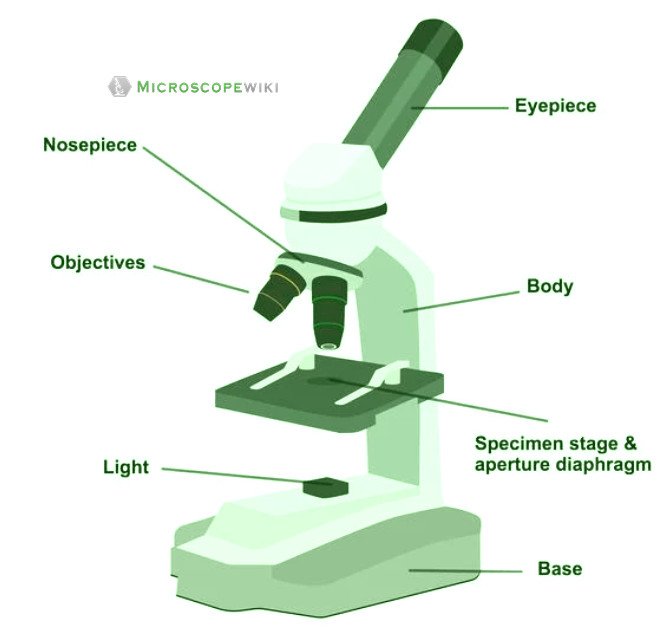
Microscope with labels and functions
› products › microscopeLAS X Industry Microscope software for Industry | Products ... Measure parameters, such as the length, area, diameter, angle, or perimeter of objects you mark with adjustable tracing lines, drawing directly in the live images. Add labels for easy analysis. Apply measurements to several images to determine statistical trend and compare data in measurement templates. Parts of a Simple Microscope - Labeled (with diagrams) A simple microscope is a very first type of microscope ever created. It consists of simple parts and performs simple functions. Although there are now many advanced microscope types, some applications may still demand the use of a simple microscope. In this article, we are going to discuss the parts and functions of a simple microscope. Dissecting Microscope Parts And Functions. All You Need To Know The stand/arm is the spine of the dissecting microscope because its function is to provide support for the head while at the same time connecting the head to the microscope base. The microscope's design will determine if the stand is hollow, an immobile arm or cylindrical rod. To light the specimen from above the power cable will extend from ...
Microscope with labels and functions. PDF Label parts of the Microscope Label parts of the Microscope: . Created Date: 20150715115425Z en.wikipedia.org › wiki › Electron_microscopeElectron microscope - Wikipedia An electron microscope is a microscope that uses a beam of accelerated electrons as a source of illumination. As the wavelength of an electron can be up to 100,000 times shorter than that of visible light photons , electron microscopes have a higher resolving power than light microscopes and can reveal the structure of smaller objects. Microscope With Labeled Parts and Functions - 24 Hours Of Biology Optical parts and the functions The optical parts of the microscope are used to view, enlarge, and produce an image from a sample placed on a slide. These parts include Eyepiece: Eyepiece also contains ocular lens. It enhance the image of the viewer. This part is used for checking through the microscope. Eyepiece is found at the upper part of it. A Study of the Microscope and its Functions With a Labeled Diagram ... A Study of the Microscope and its Functions With a Labeled Diagram To better understand the structure and function of a microscope, we need to take a look at the labeled microscope diagrams of the compound and electron microscope. These diagrams clearly explain the functioning of the microscopes along with their respective parts.
› 6-label-the-microscopeLabel the microscope — Science Learning Hub Jun 08, 2018 · All microscopes share features in common. In this interactive, you can label the different parts of a microscope. Use this with the Microscope parts activity to help students identify and label the main parts of a microscope and then describe their functions. Drag and drop the text labels onto the microscope diagram. If you want to redo an ... Parts of Stereo Microscope (Dissecting microscope) – labeled … Compared to a compound microscope where the objectives attached to the nosepiece can be seen and identified individually (based on color bands and their respective labels), the objectives of a dissecting microscope are located in a cylindrical cone and, therefore, are not directly seen. For the stereo microscope that comes with multiple objective lens sets (fixed power style), the … Autoclave - Wikipedia A thermal effluent decontamination system functions as a single-purpose autoclave designed for the sterilization of liquid waste and effluent. Air removal. It is very important to ensure that all of the trapped air is removed from the autoclave before activation, as trapped air is a very poor medium for achieving sterility. Steam at 134 °C (273 °F) can achieve a desired level of sterility … First completely robot-supported microsurgical operations on … 19.08.2022 · A team led by scientists Dr. Maximilian Kückelhaus and Prof. Tobias Hirsch from the Centre for Musculoskeletal Medicine at the University of Münster has carried out the first completely robot ...
Microscope labeling and functions Flashcards | Quizlet Microscope labeling and functions STUDY Flashcards Learn Write Spell Test PLAY Match Gravity Created by mveet Terms in this set (27) Separates the eyepiece lens from the objective lenses Body Tube Holds the low-power and high-power objective lenses; allows the lenses to rotate for viewing Revolving Nosepiece Magnifies about 4x Microscope Parts & Functions - AmScope Microscope Parts and Functions Invented by a Dutch spectacle maker in the late 16th century, compound light microscopes use two sets of lenses to magnify images for study and observation. The first set of lenses are the oculars, or eyepieces, that the viewer looks into; the second set of lenses are the objectives, which are closest to the specimen. Compound Microscope Parts, Functions, and Labeled Diagram Compound Microscope Parts, Functions, and Labeled Diagram Parts of a Compound Microscope Each part of the compound microscope serves its own unique function, with each being important to the function of the scope as a whole. auctions.dreweatts.com › past-auctions › drewea1A FINE GEORGE II MAHOGANY CASED CUFF PATTERN MONOCULAR MICROSCOPE A FINE GEORGE II MAHOGANY CASED CUFF PATTERN MONOCULAR MICROSCOPEJOHN CUFF, LONDON, MID 18th CENTURYThe body tube with stepped moulded shuttered eyepiece over ogee waist and objective tube incorporating marks for six positions on an exponential scale numbered 1 to 6, supported via a tapered collar set in a ring attached to a vertical slide moving against the fixed limb upright marked with six ...
rsscience.com › stereo-microscopeParts of Stereo Microscope (Dissecting microscope) – labeled ... Stereo microscopes (also called Dissecting microscope) are branched out from other light microscopes for the application of viewing "3D" objects. These include substantial specimens, such as insects, feathers, leaves, rocks, sand grains, gems, coins, and stamps, etc. Functionally, a stereo microscope is like a powerful magnifying glass.
Light Microscope- Definition, Principle, Types, Parts, Labeled Diagram ... The exciter filter functions to transmit a specific wavelength to the fluorochrome stained specimen, producing the fluorochrome-labeled image, at the objective. After the objective, there is a barrier filter that functions primarily to remove any ultraviolet radiation that may be harmful to the viewer's light, thus reducing the contrast of ...
Dissecting Stereo Microscope Parts and Functions Other parts of a dissecting microscope: The head/body of a dissecting microscope contains several important components that are hidden within the tube. These include: · Prism - bend light and thus change the orientation of the image. · Relay lens - serve to invert the image and also extend the imaging system.
Microscope Parts and Functions Flashcards | Quizlet Diaphragm regulates/controls the amount of light coming through the stage opening. Body Tube Maintains the proper distance between the eyepiece and the objective lens Stage Where you place the specimen that you want to view Stage Clips Holds the slides/specimen in place for viewing High Power objective Magnifies image 40X found on the nosepiece
Stereo Microscope Parts A low power or stereo microscope typically employs objective lenses of 50x or less. It is used to view specimens that are visible to the naked eye such as insects, crystals, circuit boards and coins. A stereo microscope has three key parts: Viewing Head/Body that houses the optical components in the upper part of the microscope
Microscope Parts, Function, & Labeled Diagram - slidingmotion Microscope parts labeled diagram gives us all the information about its parts and their position in the microscope. Microscope Parts Labeled Diagram The principle of the Microscope gives you an exact reason to use it. It works on the 3 principles. Magnification Resolving Power Numerical Aperture. Parts of Microscope Head Base Arm Eyepiece Lens
Microscope Quiz: How Much You Know About Microscope Parts And Functions ... This quiz will check how much do you know about Microscope Parts and Functions! The microscope has been used in science to understand elements, diseases, and cells. You must have used a microscope back in high school in the biology lab. Do you believe you understood how to use it? Take up the test and see. Questions and Answers 1. Arm: A.
Binocular Microscope Anatomy - Parts and Functions with a Labeled ... Now, I will discuss the details anatomy of the light compound microscope with the labeled diagram. Why it is called binocular: because it has two ocular lenses or an eyepiece on the head that attaches to the objective lens, this ocular lens magnifies the image produced by the objective lens. Binocular microscope parts and functions
Robert Hooke - Biography, Facts and Pictures Robert Hooke placed a sample of blue mold under his microscope and discovered that the mold was actually what he called ‘Microscopical Mushrooms.’ Early Life and Education. Robert Hooke was born on the Isle of Wight, England on July 28, 1635. His parents were John Hooke, a clergyman, and Cecily Gyles. He was the youngest of their four children. For most his …
Microscope, Microscope Parts, Labeled Diagram, and Functions Illuminator: Illuminator is the most important microscope parts and it serve as light source for a microscope during slide specimen visualization. It is a continuous source of light (110 volts) used in place of a mirror. The mirror of microscope is used to reflect light from the external light source up through the bottom of the stage.
Parts of a microscope with functions and labeled diagram - Microbe Notes Microscopes are instruments that are used in science laboratories to visualize very minute objects such as cells, and microorganisms, giving a contrasting image that is magnified. Microscopes are made up of lenses for magnification, each with its own magnification powers.
PDF Parts of a Microscope Printables - Homeschool Creations Label the parts of the microscope. You can use the word bank below to fill in the blanks or cut and paste the words at the bottom. Microscope Created by Jolanthe @ HomeschoolCreations.net. Parts of a eyepiece arm stageclips nosepiece focusing knobs illuminator stage objective lenses
medcell.med.yale.edu › histology › bone_labHistology - Yale University Bone is a tissue in which the extracellular matrix has been hardened to accommodate a supporting function. The fundamental components of bone, like all connective tissues, are cells and matrix. There are three key cells of bone tissue. They each have unique functions and are derived from two different cell lines.
Simple Microscope - Parts, Functions, Diagram and Labelling Parts of the optical parts are as follows: Mirror - A simple microscope has a plano-convex mirror and its primary function is to focus the surrounding light on the object being examined. Lens - The biconvex lens is placed above the stage and its function is to magnify the size of the object being examined.
Microscope Types (with labeled diagrams) and Functions Simple microscope labeled diagram Simple microscope functions It is used in industrial applications like: Watchmakers to assemble watches Cloth industry to count the number of threads or fibers in a cloth Jewelers to examine the finer parts of jewelry Miniature artists to examine and build their work Also used to inspect finer details on products
Compound Microscope Parts - Labeled Diagram and their Functions Two adjustment knobs are used to focus the microscope: fine focus knob and coarse focus knob. Both knobs can move the stage up and down. You should use the coarse focus knob to bring the specimen into approximate or near focus. Then you use the fine focus knob to sharpen the focus quality of the image.
Optical Sensor - an overview | ScienceDirect Topics Optical chemical sensors must perform two functions: they must both interact with analytes and subsequently report on such interactions (e.g., by changing color). While many dyes and fluorophores do so intrinsically, there are also many other “artificial receptors” (i.e., compounds capable of supramolecular interactions) that are not spectroscopically active. For example, …
Parts of the Microscope with Labeling (also Free Printouts) Let us take a look at the different parts of microscopes and their respective functions. 1. Eyepiece it is the topmost part of the microscope. Through the eyepiece, you can visualize the object being studied. Its magnification capacity ranges between 10 and 15 times. 2. Body tube/Head It is the structure that connects the eyepiece to the lenses.
Simple Microscope Definition, Magnification, Parts And Uses - BYJUS Following are the parts of the simple microscope with their functions: Eyepiece: It is the lens that is used to study the samples and is placed at the top. It has a magnification of 10X to 15X. Base: This provides support to the microscope. Tube: This is used to connect the eyepiece to the objective lenses.
arXiv:2208.12069v1 [cond-mat.mes-hall] 25 Aug 2022 eld microscope that can distinguish QD emission from back-re ected laser light by a cross-polarization scheme. Details on fabrication and measurement of the QDs can be found in Ref.6. An example of the observed spectra is shown in Fig. 1. Some general properties of the measured spectra can be described using the idealized diagrams shown in Fig. 2, where we characterize …
Histology - Yale University Bone is a tissue in which the extracellular matrix has been hardened to accommodate a supporting function. The fundamental components of bone, like all connective tissues, are cells and matrix. There are three key cells of bone tissue. They each have unique functions and are derived from two different cell lines.
Parts of a Compound Microscope and Their Functions - NotesHippo Body Tube: It is the tubular structure of microscope, hollow component of the microscope arm that is attached to the top half of the arm.With the use of adjustment knobs, it can be adjusted up and down. Nose Piece: It's a spinning metal element affixed to the lower end of the body tube in a circular pattern.It has three holes for objective lenses to be inserted into.
scikit-image.org › skimage-tutorials › lecturesIntroduction to three-dimensional image processing skimage.exposure contains a number of functions for adjusting image contrast. These functions operate on pixel values. Generally, image dimensionality or pixel spacing does not need to be considered. Gamma correction, also known as Power Law Transform, brightens or darkens an image. The function \(O = I^\gamma\) is applied to each pixel in the ...
Dissecting Microscope Parts And Functions. All You Need To Know The stand/arm is the spine of the dissecting microscope because its function is to provide support for the head while at the same time connecting the head to the microscope base. The microscope's design will determine if the stand is hollow, an immobile arm or cylindrical rod. To light the specimen from above the power cable will extend from ...
Parts of a Simple Microscope - Labeled (with diagrams) A simple microscope is a very first type of microscope ever created. It consists of simple parts and performs simple functions. Although there are now many advanced microscope types, some applications may still demand the use of a simple microscope. In this article, we are going to discuss the parts and functions of a simple microscope.
› products › microscopeLAS X Industry Microscope software for Industry | Products ... Measure parameters, such as the length, area, diameter, angle, or perimeter of objects you mark with adjustable tracing lines, drawing directly in the live images. Add labels for easy analysis. Apply measurements to several images to determine statistical trend and compare data in measurement templates.







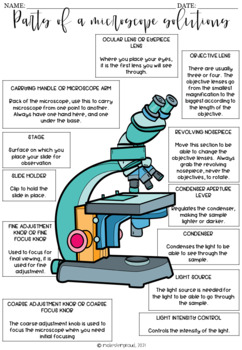
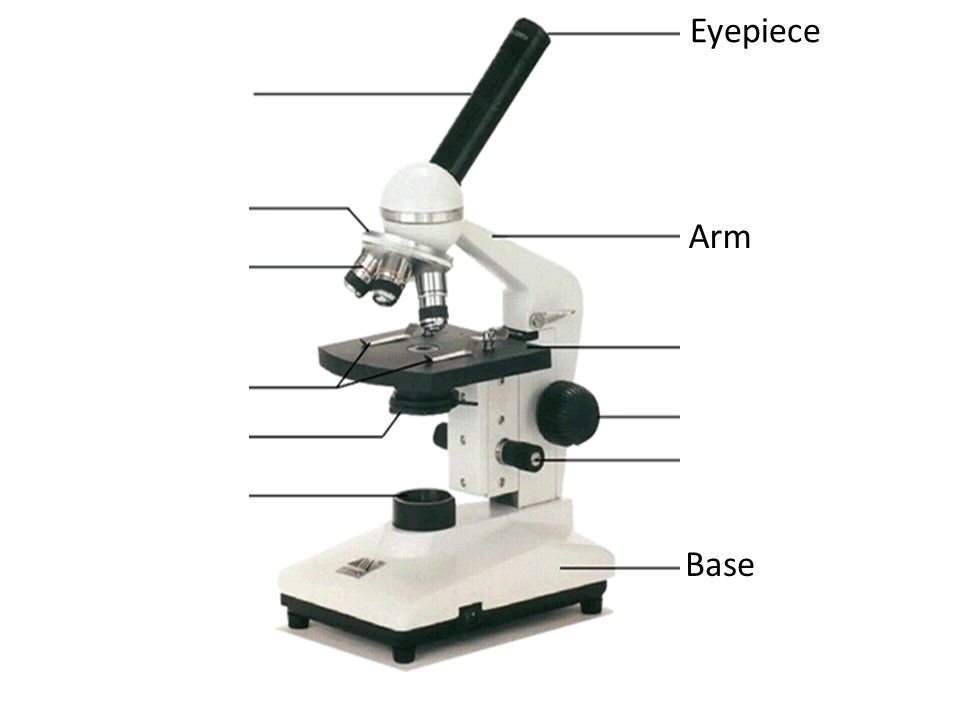
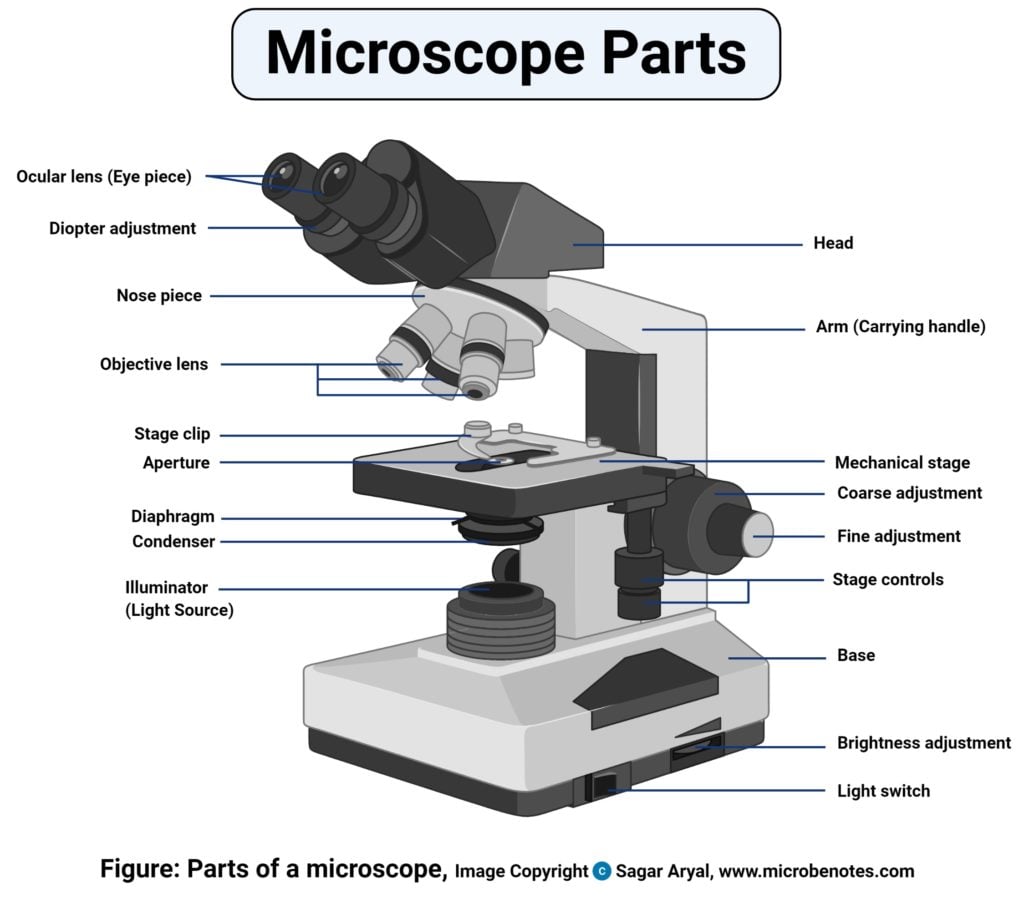
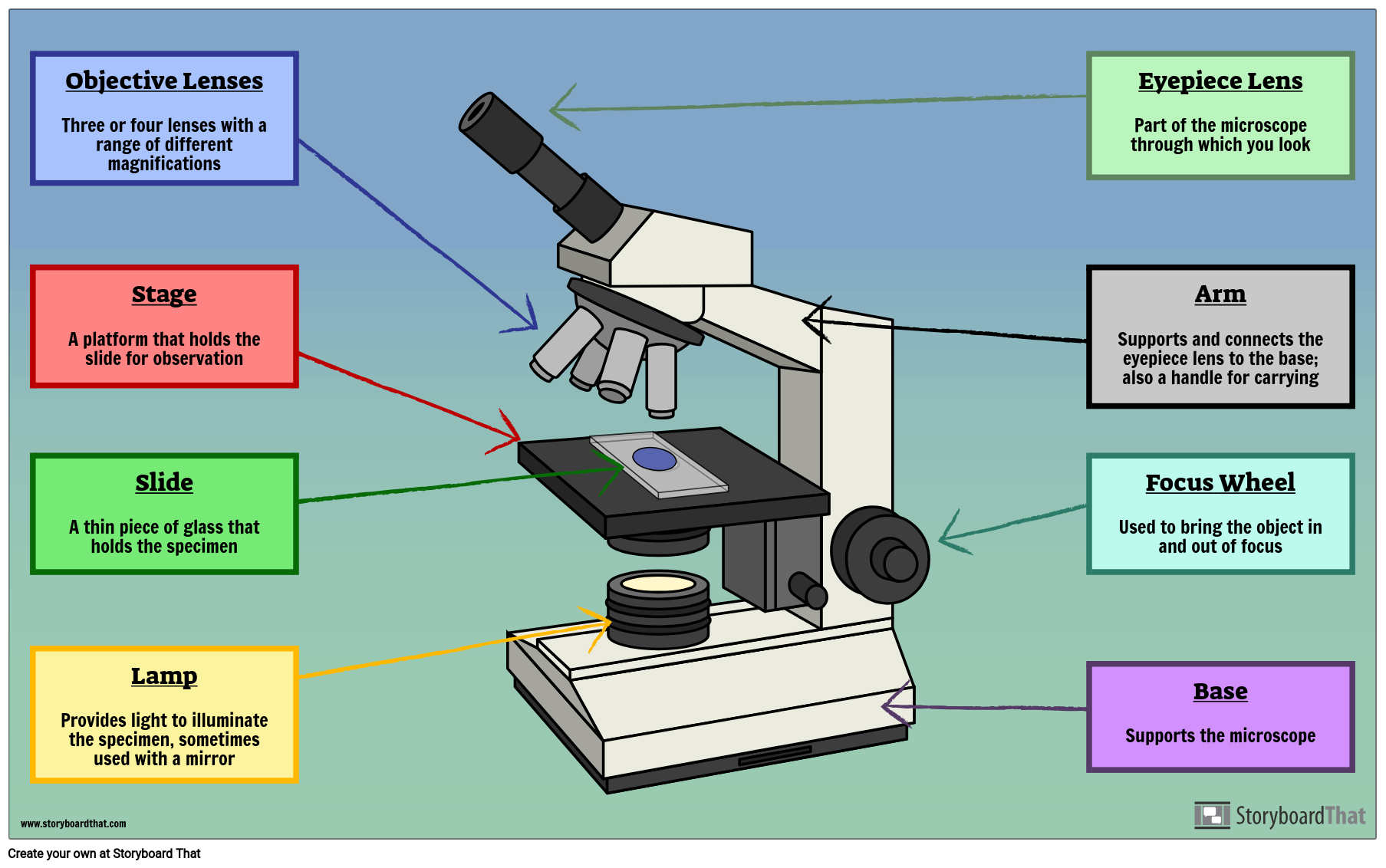

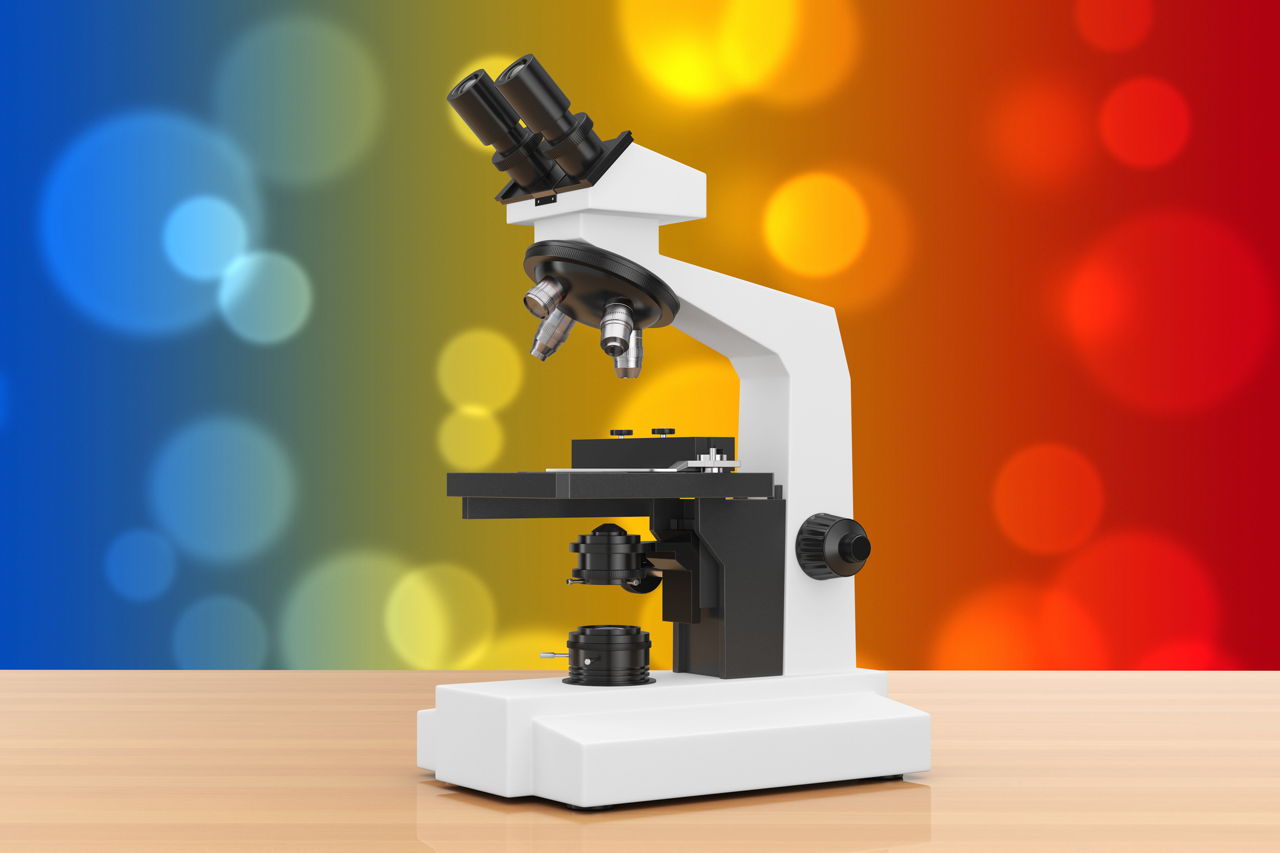


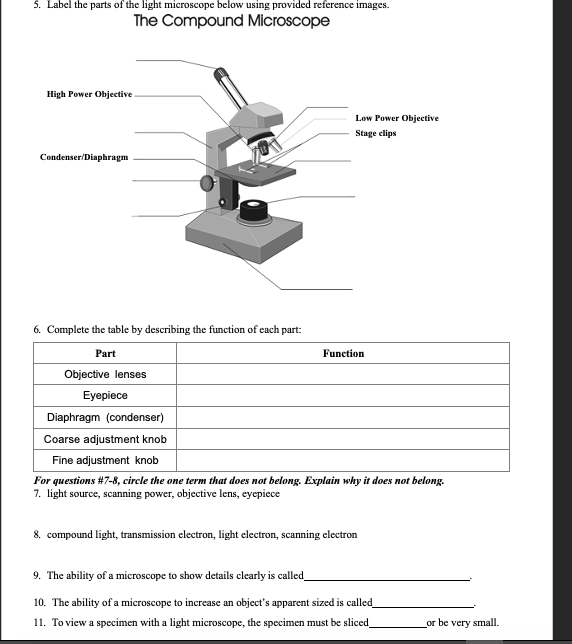

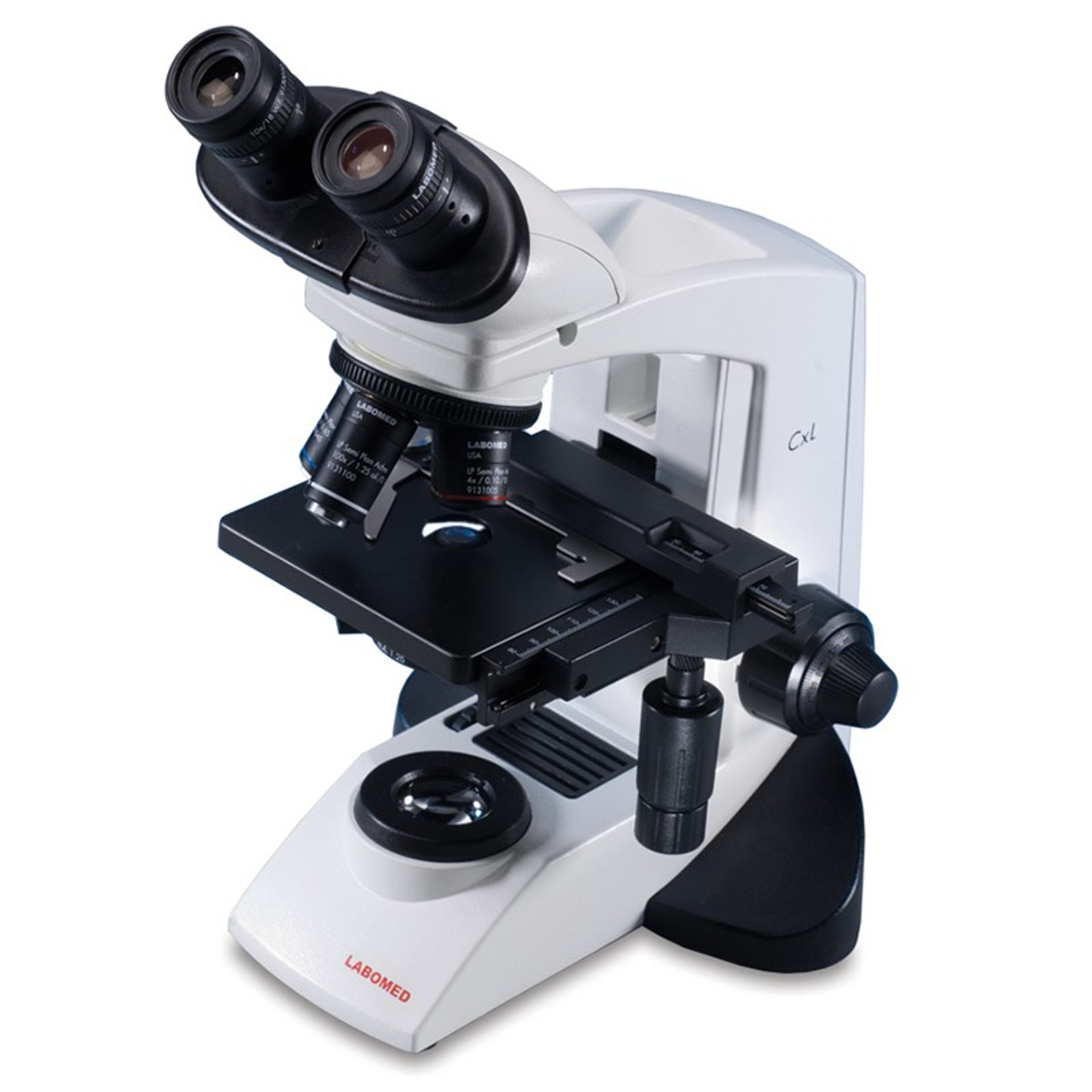
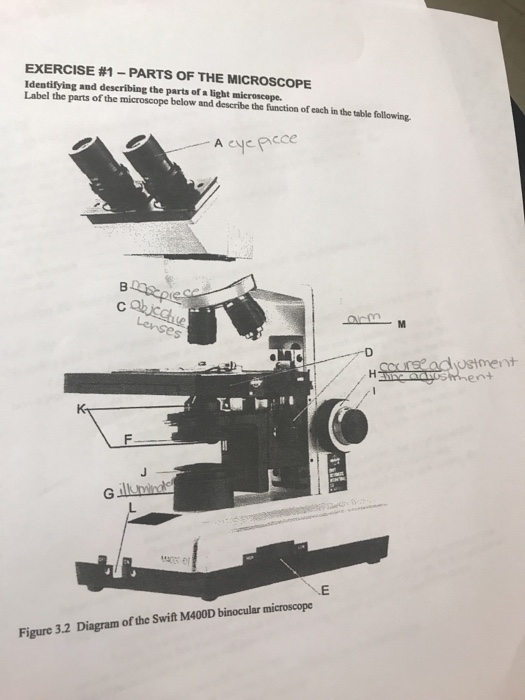

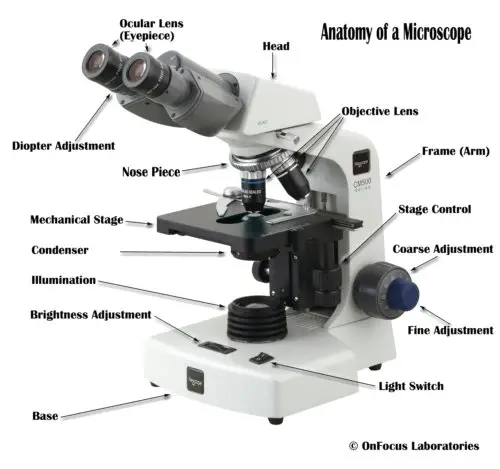

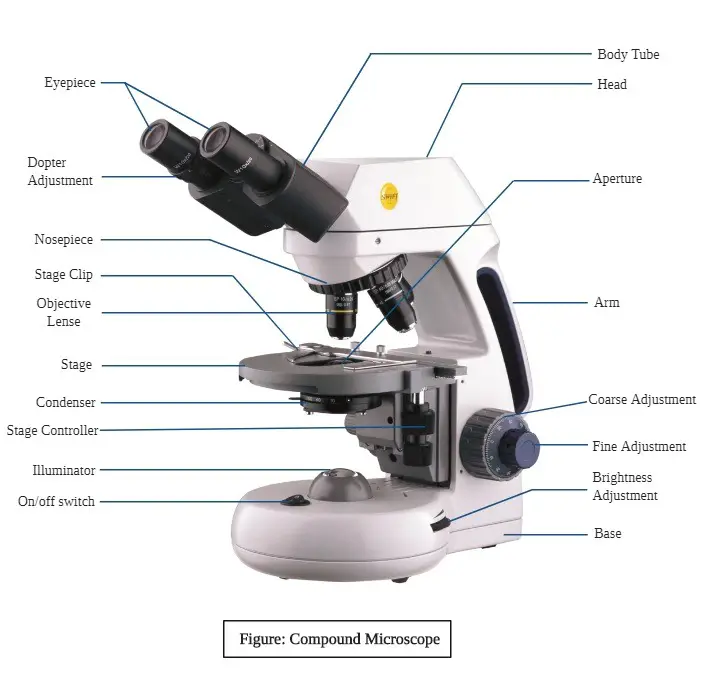



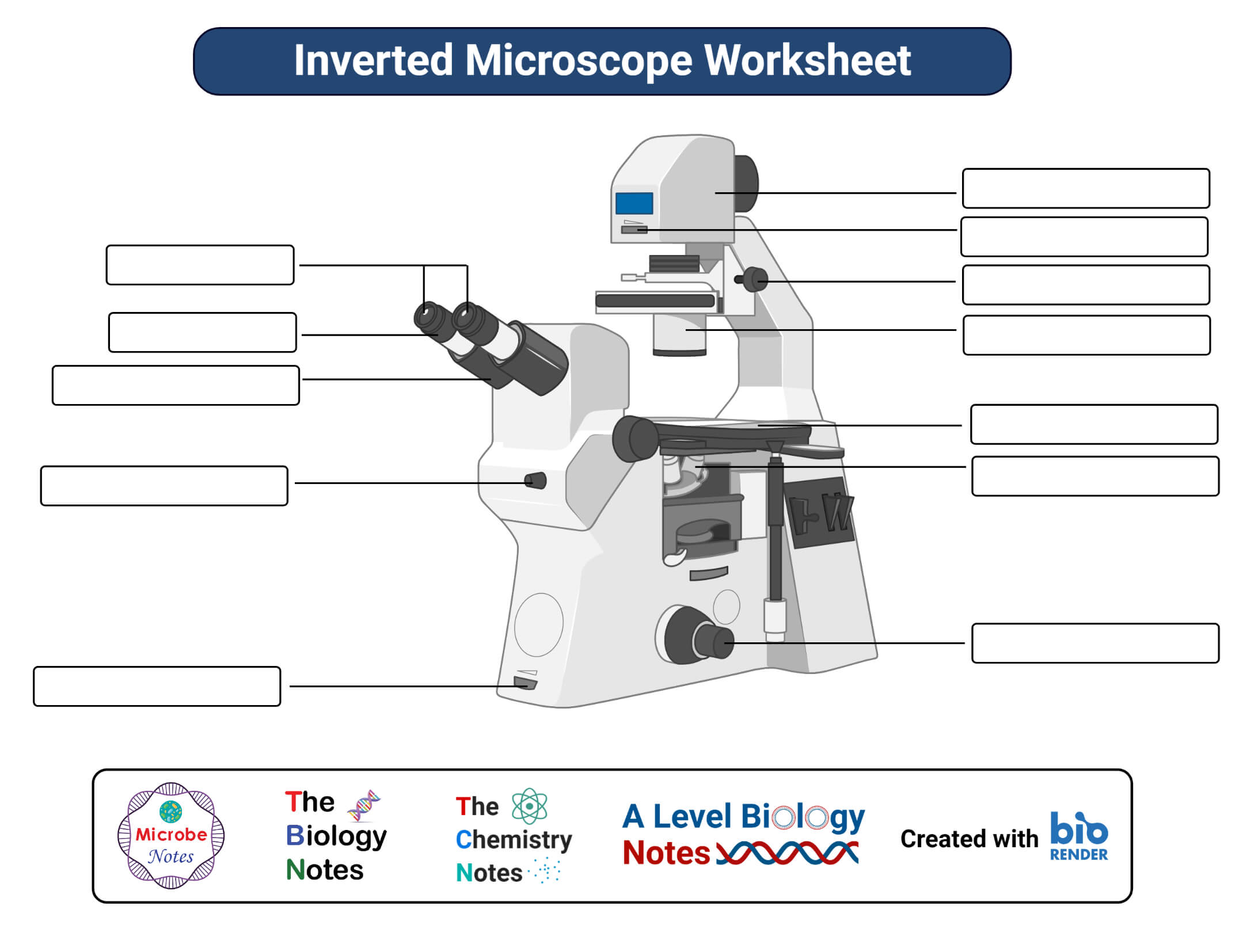




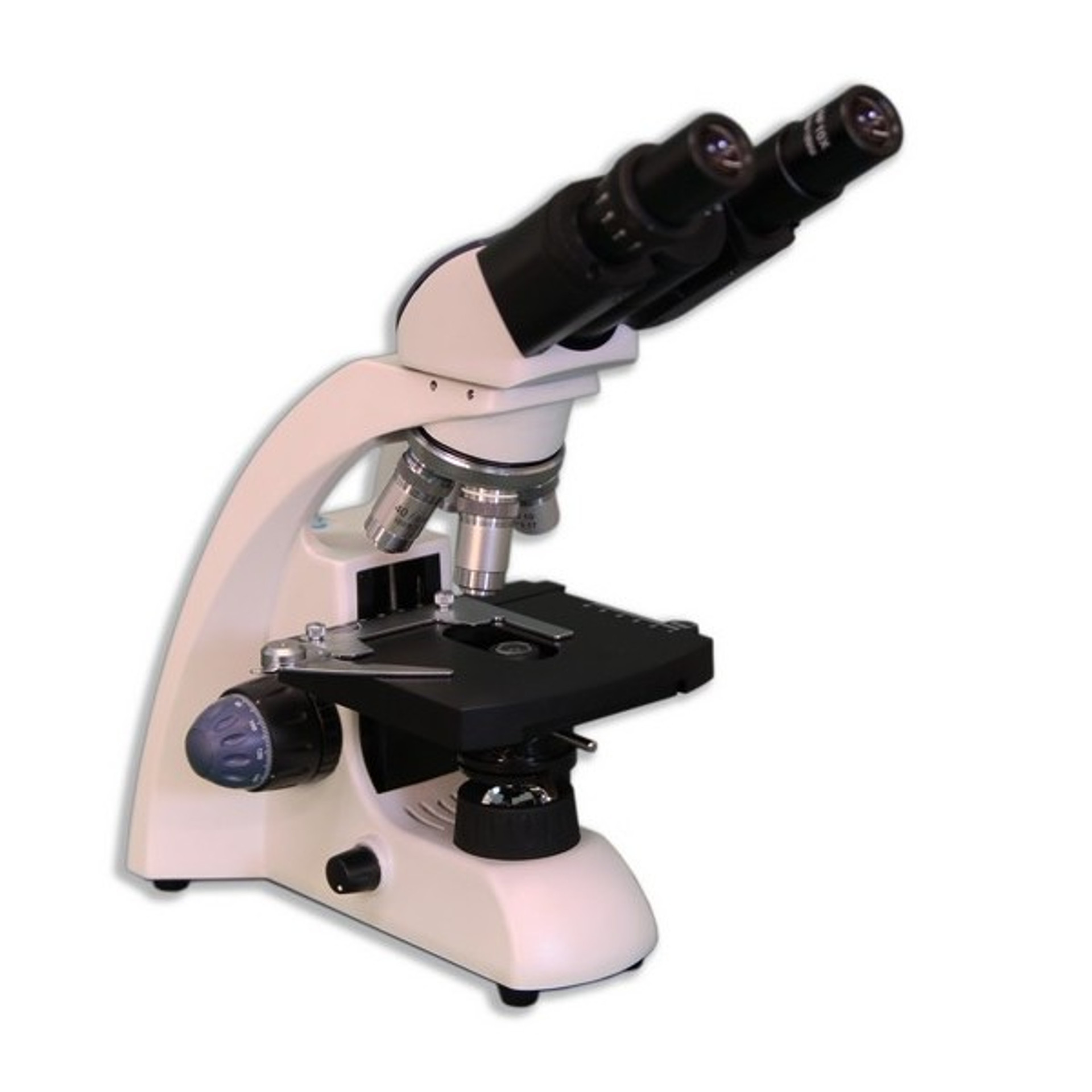
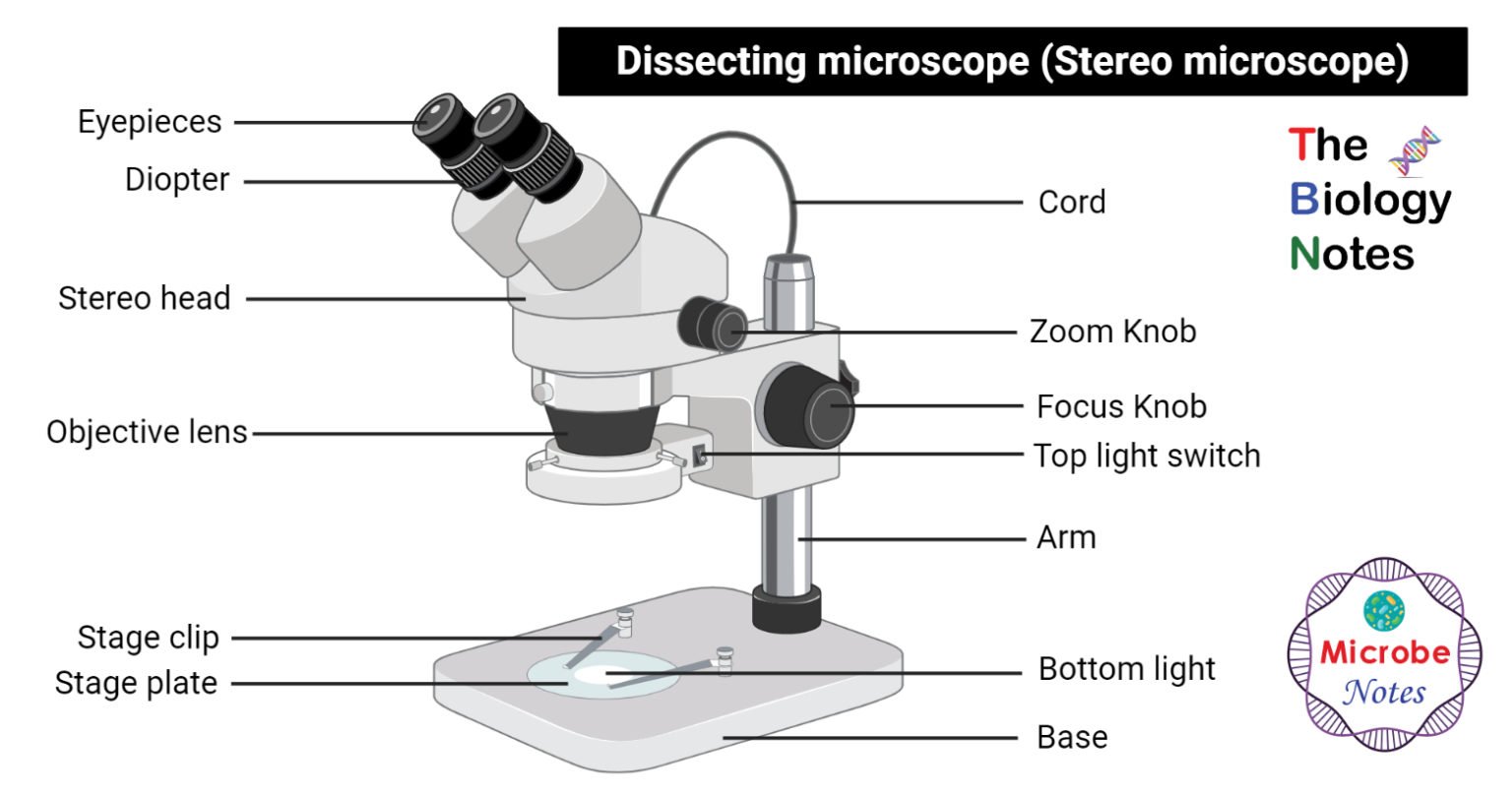


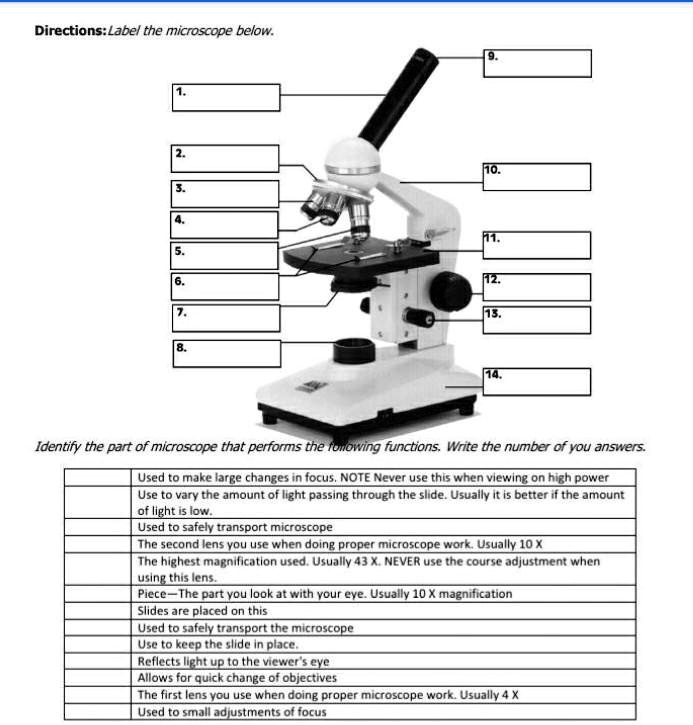

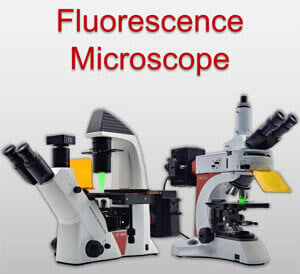
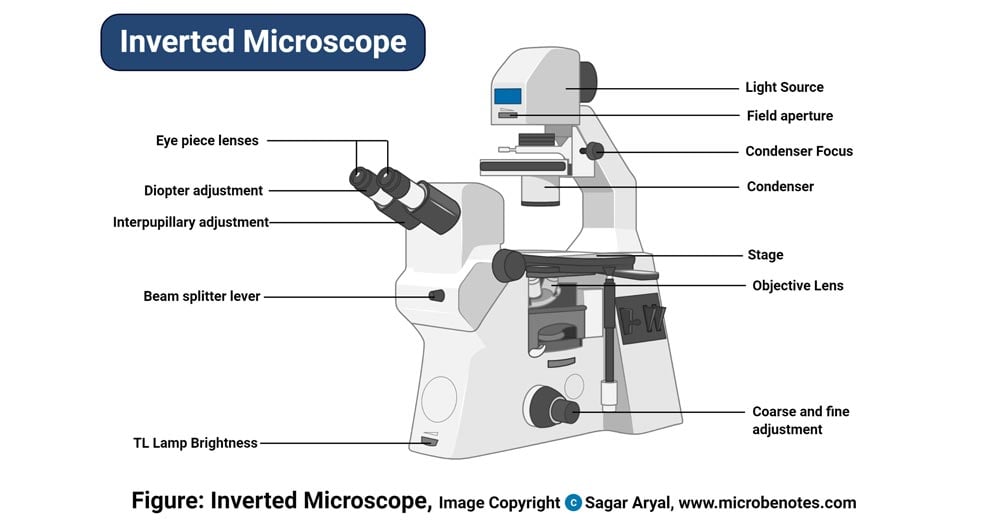


Post a Comment for "44 microscope with labels and functions"